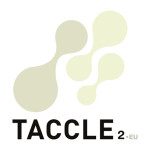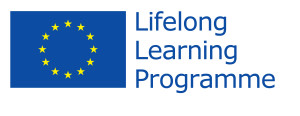Use Jigsaw Planet to create fun on-line jigsaws which can be used across the age range as you can increase the number and complexity of pieces. And for those of you who are still wondering….. Nic and I have been doing each other’s jigsaws for the last half hour – if you want to Full Article…
WAW! Where are we today?
Start the day by choosing a city or area with some well known land marks, use Google Earth, project onto whiteboard and zoom down to street level (so that you can still see a few km of the city – depending on the landmarks) then ask the children to guess what city or area it Full Article…
My Google Earth Life
Get children to create a virtual autobiography. They make placemarks at any location of significance then edit the placemarks to add stories, photos, videos, or URLs This can be where they were born (maybe they can take a digital photo of their birth certificate) the house(s) they have lived in, playgroups or schools they attended, where Full Article…
What is it?
Describe a material in 140 characters on a microblogging site such as Twitter and see if others can guess what the material is without mentioning the word or Chemical symbol. Could do it in groups and see who get the most right. With younger primary children this could mean giving them some materials such as Full Article…
Twitter role play
Take an historical context – we used the children who were evacuated from big cities in the UK at the be inning of World War 2 because last year was the International Year of the Evacuees. Tell them who evacuees were and why etc. Look at children’s names that were popular at that time. Kids Full Article…
Photosynth
Another idea from Cidalia Marques in Portugal who says…. “We use the Photosynth site to create a 3D image with photos pupils have taken. See an example of a classroom or a school” Use the site to share information about your school, neighbourhood, town etc with children in other countries. Ask pupils to identify the differences and similarities. Full Article…





 English
English Nederlands
Nederlands Deutsch
Deutsch Italiano
Italiano Español
Español Português
Português Română
Română Cymraeg
Cymraeg